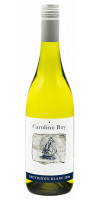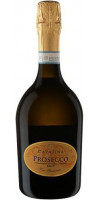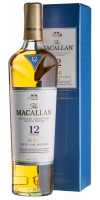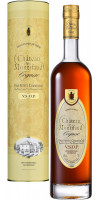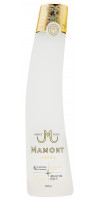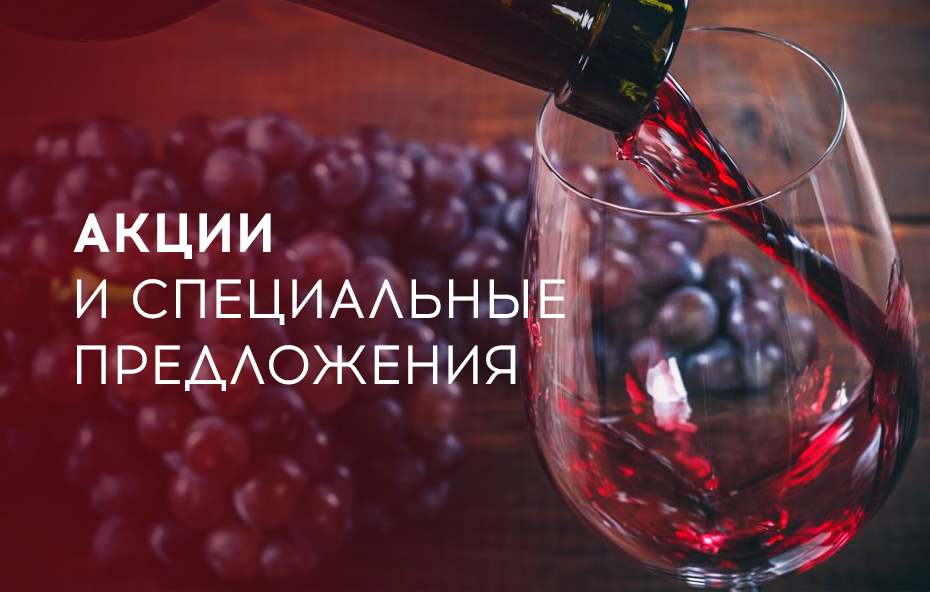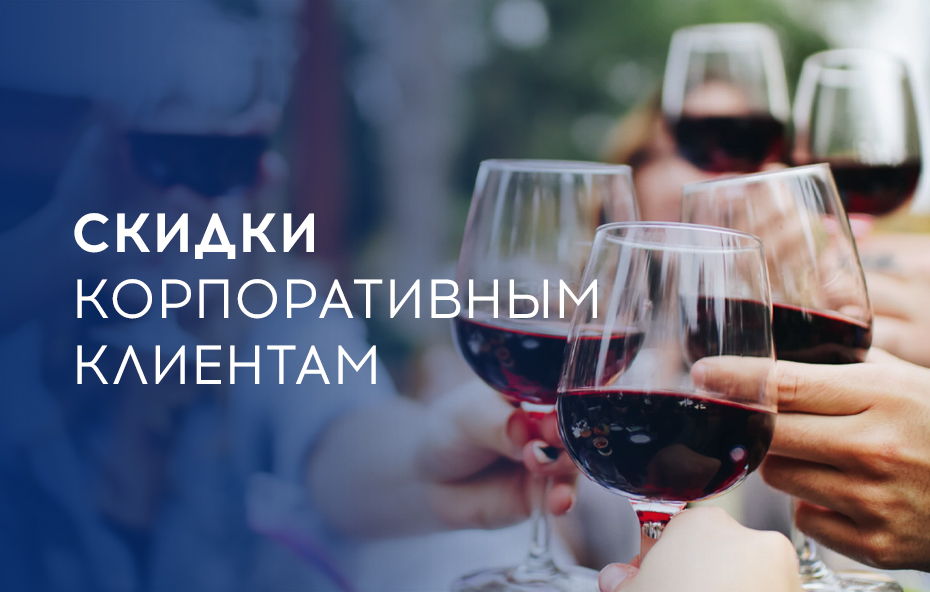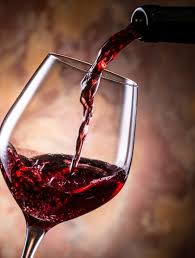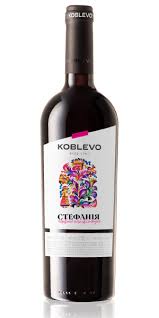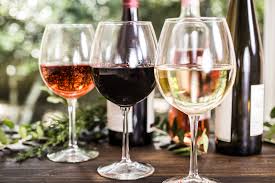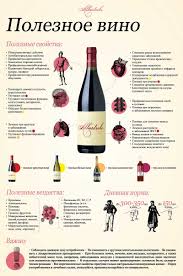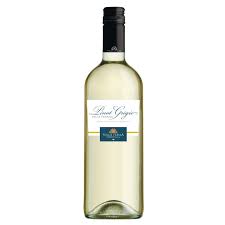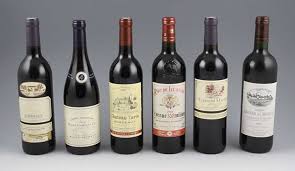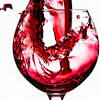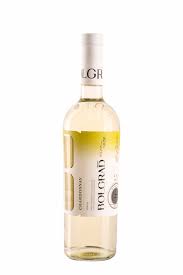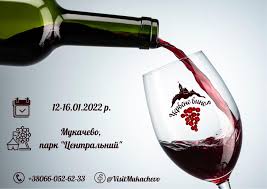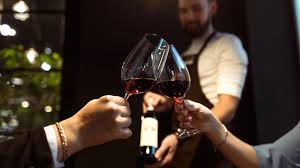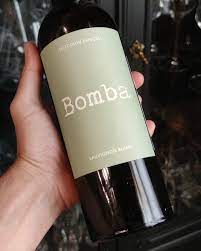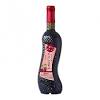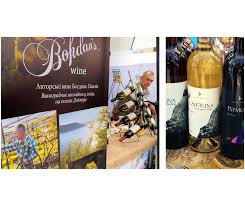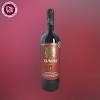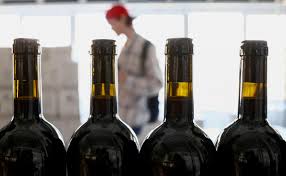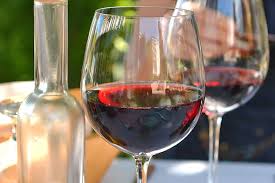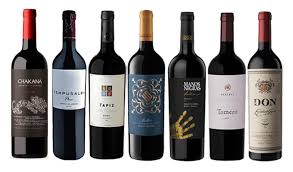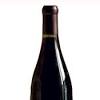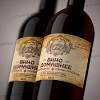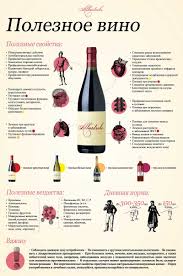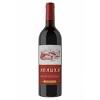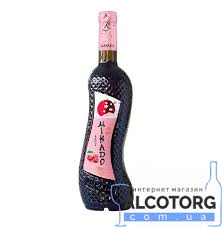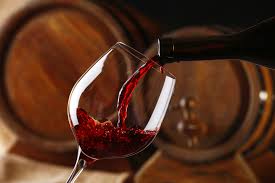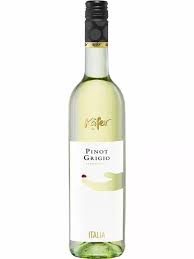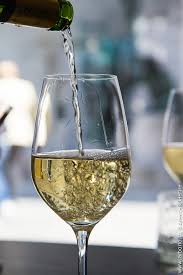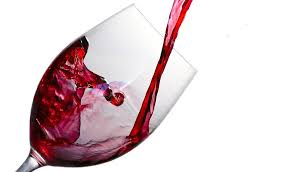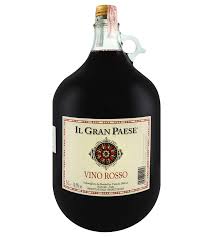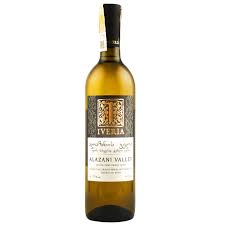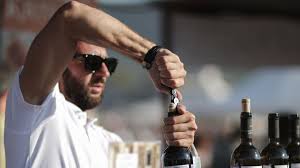
Спасибо за регистрацию в WineRow!
Вы будете уведомлены по электронной почте, как только Ваш Личный Кабинет будет активирован администрацией магазина.
Если у Вас есть какие-то вопросы, пожалуйста напишите нам.
Вы вышли из Личного Кабинета.
Ваша корзина покупок была сохранена. Она будет восстановлена при следующем входе в Ваш Личный Кабинет.
вине производители бодеджас естефаниа с л урожаи 2016
In ancient mythology, the god Dionysus was the patron of viticulture and winemaking. One day he found a small vine and placed it in a bird bone. The plant began to grow so fast that it was necessary to look for another place. He put her in the bone of a lion, and then a donkey. Therefore, people who drink wine first sing like birds, then become lions, and finally turn into donkeys. In general, German colonists, primarily Saxons, significantly contributed to the development of viticulture and winemaking in Ukraine. Such well-known wine-making centers as Bereghovo (Beregsas), Zalishchyki, Kamianets-Podilskyi had entire German quarters. In particular, 42 families of Saxon Germans were relocated to Kamianets-Podilskyi at the beginning of the 19th century, for the development of viticulture in the region. What can we say about Galicia, which the Germans began to colonize in 1773. In Lviv and its surroundings, wine was made not only from foreign grape varieties. One should also pay respect to indigenous (autochthonous) grape varieties, which were traditional for this region. Thus, the Dublyansky grape variety (derived from the name of the city of Dublyany) is a local variety of vitis vinifera. And it is quite possible that even the kings of Russia drank wine from it. Moreover, wines from this grape variety are gaining more and more popularity and take prizes at thematic competitions. Moving further south along the Dniester to the Mohyliv-Podilsky district, we can meet several more local grape varieties. And although these varieties are considered traditionally Moldovan, there is no doubt that they grew on both banks of the Dniester and not only on its Moldavian right bank. Ukrainian winemaking traditions are as old as the world. Although these traditions and technologies have survived many periods of decline, such as the Turkish rule in Podillya and other regions of Ukraine, or the Soviet era, when unique vineyards were destroyed in the mid-80s. Now the traditions of winemaking are being restored. Ukrainian wine-making and viticulture, regardless of complex social realities, is taking leaps and bounds through the thorns to the stars. New wines are emerging
По мне пьётся тяжело, наверное, надо разбавлять льдом или водой. ...
Дмитрий 07.01.2021
Лучший двенадцатилетний виски. Вкус мягкий, с приятной, не приторной сладостью. ...
Андрей 12.10.2022
Хорошее сбалансированное и зрелое вино с приятными нотами ванили и шоколада в бу ...
Маша 08.08.2022
Виски – крепкий алкогольный напиток с собственным характером. В составе присутствуют спирты ячменя, пшеницы или ржи. Производят также виски из кукурузы. Разнообразие видов и сортов огромное, так что в нем не трудно потеряться
ЧитатьСегодня в мире существует 4500 сортов красного вина, что предполагает невообразимое множество вкусов, ароматов и волшебное сочетание нот композиций
Каждый год 4 августа отмечают день рождения шампанского. В этот праздник принято открывать бутылку хорошего игристого и не спеша наслаждаться напитком
ЧитатьМясная гастрономия очень разнообразна. Она не только включает в себя виды основного продукта, но и сотни блюд
ЧитатьЧасто бывает, что в бутылке остается недопитое вино. Конечно, возникает логичная мысль – поставить его в холодильник, чтобы сохранить до следующего повода. Однако...
ЧитатьМногие любители крепких напитков уверены, что виски или скотч нужно пить без закуски, не перебивая вкус напитка продуктами.
Читать
